It’s 21 years since Christmas Island veteran Dave Whyte from Kirkcaldy started campaigning for “justice” for Britain’s nuclear test veterans.
The 86-year-old has compared the tests of the 1950s with the “experiments of Nazi Doctor Joseph Mengele”, accused the Ministry of Defence (MoD) of treating soldiers as “guinea pigs” and made comparisons with the aftermath of “Chernobyl”.
He blames his exposure to the fallout from five atomic and hydrogen bomb blasts in 1958 for a catalogue of health problems he’s experienced including the loss of all his teeth at 25 and the discovery in his mid-30s that he was sterile.
Ministry of Defence denies information has been withheld from atomic veterans
The MoD, meanwhile, has repeatedly insisted there is no valid evidence linking the nuclear tests to ill health.
But as surviving veterans of the UK’s nuclear weapons tests relaunch a battle for compensation amid fresh claims medical records have been “illegally withheld”, what does Dave think of the announcement that Britain’s nuclear test veterans are to receive a newly designed medal in time for Remembrance Day?
“I am pleased in one way, and annoyed in another,” Dave told The Courier.
“It is nice to finally get some recognition.
“But it is abysmal that it has taken so long.
“We are still waiting on all the documents to be released and we are still waiting for the NHS to permit nuclear veterans to obtain the M-Band cytogenetic blood test.
“The Ministry of Defence know that we were radiated, so why do they not act with maturity?
“If they could prove they were correct, they would have provided their evidence many years ago.
“Instead, they attempt to ridicule anything mentioned by nuclear veterans.”
How did Dave Whyte end up at Christmas Island for the nuclear tests?
Born and raised in Montrose, Dave was 22-years-old and serving with the Royal Engineers when he was sent to Christmas Island in the South Pacific in 1958.
With the Cold War at its height, he was stationed off the north-eastern coast of Australia.
His job was to collect samples after the blasts.
Amid fears that the Cold War could escalate into open warfare with the USSR, Britain was determined that it should have its own nuclear deterrent.
Between 1952 and 1962, Britain and the USA detonated some 40 nuclear test explosions in the Pacific.
Around 22,000 British servicemen were exposed.
But Dave and his colleagues could never have realised that in years to come, some would suffer ill health including rare forms of leukaemia and premature death.
Others reported congenital deformities in their children with a disproportionate number of stillbirths.
Dave was at Grapple Y, 35 miles away, when Britain exploded its largest hydrogen bomb.
But he was also exposed to a series of four bombs at Grapple Z, including twice where he worked in the forward area, just seven miles from ground zero.
His task was to go in and pick up all the radioactive debris, load them into his truck and take them to the decontamination centre.
He says he had no protection whatsoever.
Dave says when the bombs went off, they were simply told to turn their backs and cover their eyes before turning round to see the “mushroom” cloud.
After being hit by the light and heatwave, they were hit by the sound and blast wave.
Dave said neither he nor his colleagues knew of the dangers of radiation at the time.
They just did what they were told.
Even when he left the forces and had to have all his teeth removed after developing abscesses, he didn’t link it with exposure.
Ten years later, however, when a fertility test confirmed he couldn’t have children, he made the connection.
When he started to hear similar stories from other veterans, he got involved in serious campaigning when he retired aged 65 in 2002 after 12 years in the RAF, 17 years with the prison service and five years on Fife Council security.
Dave, who was banned from making any further Freedom of Information requests by the Ministry of Defence in 2016 due to “unreasonable persistence”, wants to prove that he was exposed to more radiation than his records say he was exposed to and that there were health consequences.
However, the MoD has insisted it cannot find Dave’s full set of records of his radiation exposure – and he is not alone.
UK veteran group leader’s admiration for ‘relentless’ campaigning of Dave Whyte
Campaigner Alan Owen, 52, admires the “relentless” campaigning of Dave Whyte.
But he says the way he and thousands of other British citizens have been treated by their own government is “absolutely terrible”.
Alan is the son of nuclear veteran James Ronald Owen who participated in Operation Dominic in 1962 at Christmas Island, and who died of a massive heart attack in 1994 aged just 52.
He was previously the chairman of the British Nuclear Test Veterans Association (BNTVA) and founded Labrats International in 2020, representing the dwindling number of atomic veterans and their descendants.
It was thanks to Alan in association with the Daily Mirror and the ‘Meet me in the Eye’ campaign that Boris Johnson last year became the first Prime Minister to meet with atomic veterans.
This led to promises of an investigation and the recent announcement of the medals.
But Alan, who has been denied access to his father’s medical records from the period he witnessed 24 H-bombs in 78 days, says the UK is “lagging behind” in terms of compensation.
“All of the other nuclear powers have paid some form of recognition to their veterans, including the Isle of Man who have paid out an assistance grant,” he said.
“The Fijians have paid out, and the Americans have their radiation exposure compensation act.
“But in the UK, there is no specific programme for radiation exposure.
“You have to go through the standard war pension scheme.
“But proving you were exposed to ionising radiation in 1957 is quite difficult to do in 2023, especially when medical records are not available or have information missing.”
Why does Alan believe the UK has been reluctant to compensate veterans?
Alan firmly believes the nub of the UK position is money and the scale of potential compensation.
Alan believes the British government’s denial started in the 1950s when then Prime Minister Anthony Eden was warned about the consequences and his reply was ‘it’s a pity but we can’t help it’.
Last week nuclear veterans announced renewed attempts to sue the Ministry of Defence for blood records taken during atomic weapons tests and which they say have been hidden ever since.
Alan, meanwhile, has personal reasons to find answers.
Not only is he now the same age his father was when he died of a massive heart attack aged 52 in 1994, Alan’s older brother died of a heart attack aged 31 in 1996, his sister was born blind in one eye and has had a heart attack, while Alan himself had to give up work as an IT specialist after suffering a cardiac arrest last year.
He believes this is linked to his father’s radiation exposure.
Tests have revealed Alan has a genetic condition Hypertrophic Cardiomyopathy. However, he doesn’t carry the gene which suggests his DNA has been altered.
Concerned that he might pass something on to his son, he says the MoD won’t give him a full copy of his father’s medical records.
Overall, it’s the search for “truth and justice” that drives him on amid claims the MoD continues supplying “half-truths”.
It saddens him greatly that so many veterans have already passed without finding closure.
What is the position of the MoD?
In a statement, the Ministry of Defence said: “We are grateful to all service personnel who participated in the British nuclear testing programme and contributed to keeping our nation secure and are pleased that they will now be receiving a medal in recognition of this.
“It remains the case that no information is withheld from veterans and any medical records taken either before, during or after participation in the UK nuclear weapon tests are held in individual military medical records in the government’s archives, which can be accessed on request.”
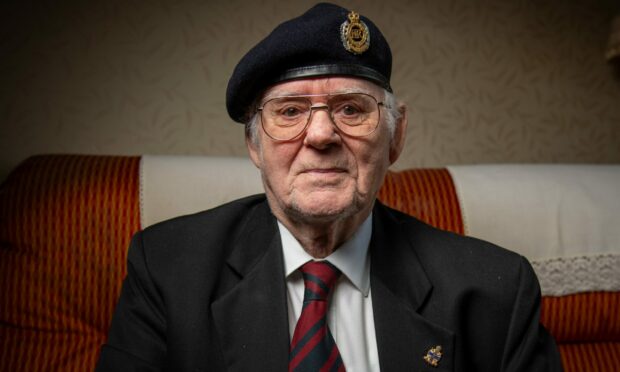
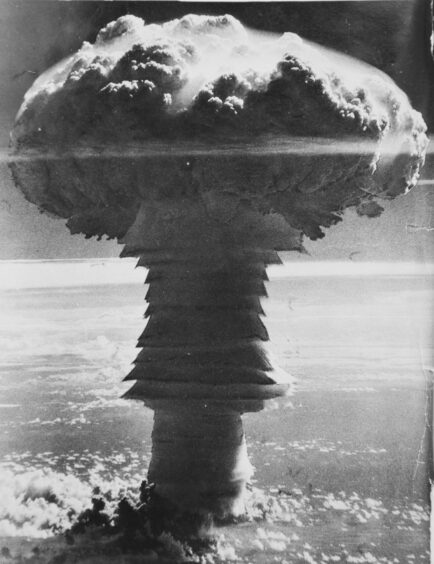
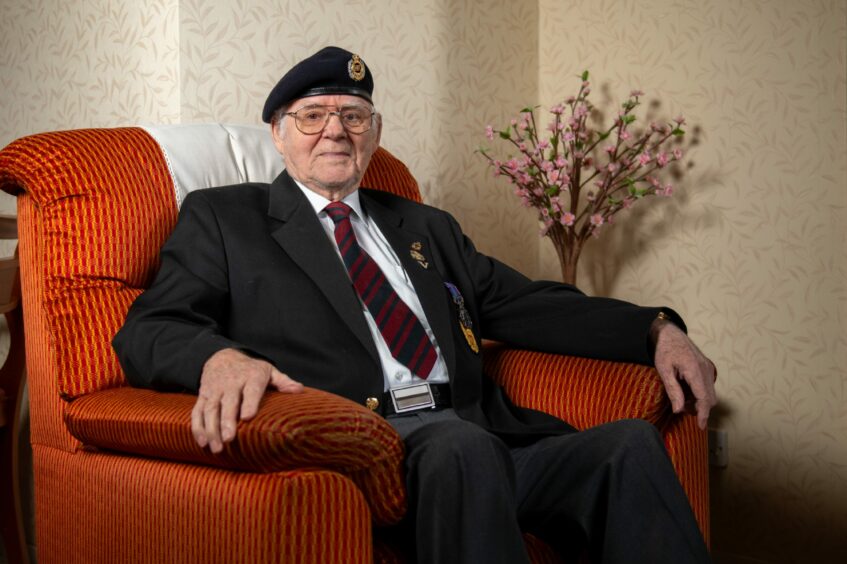
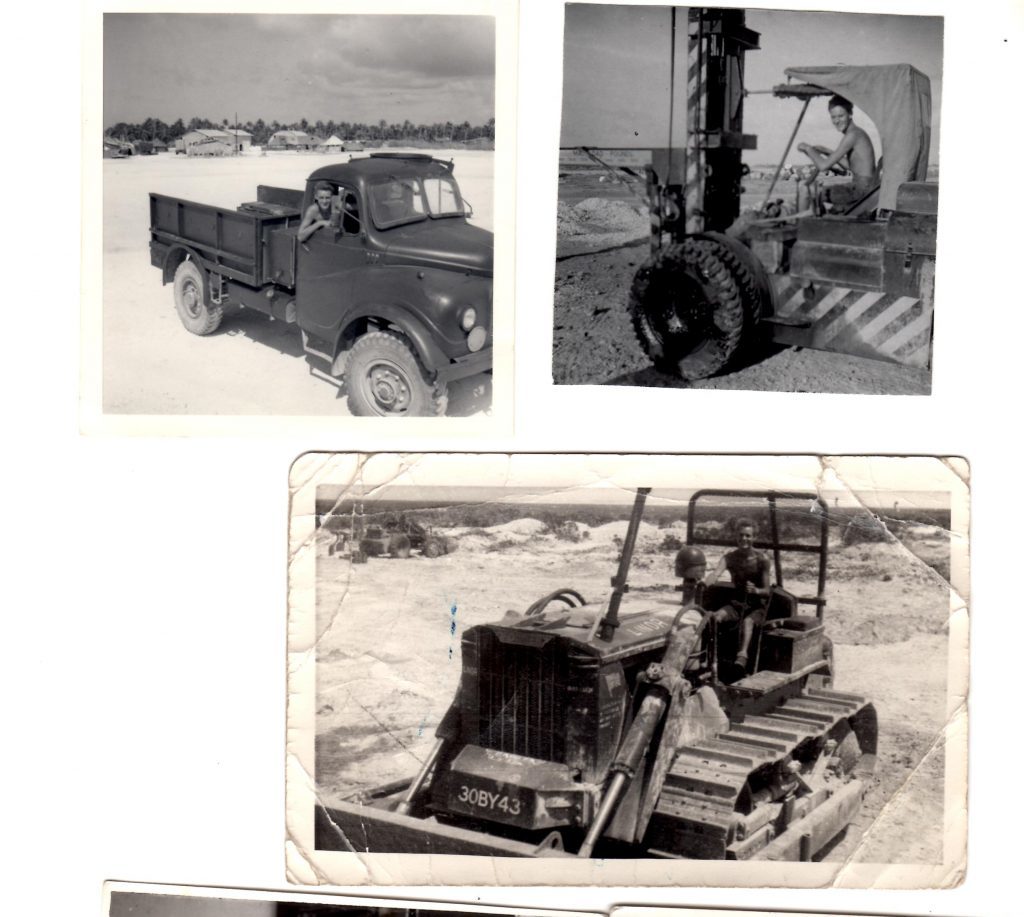


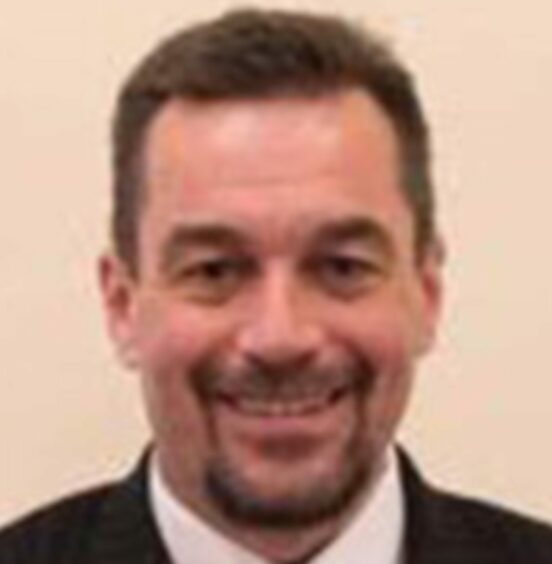
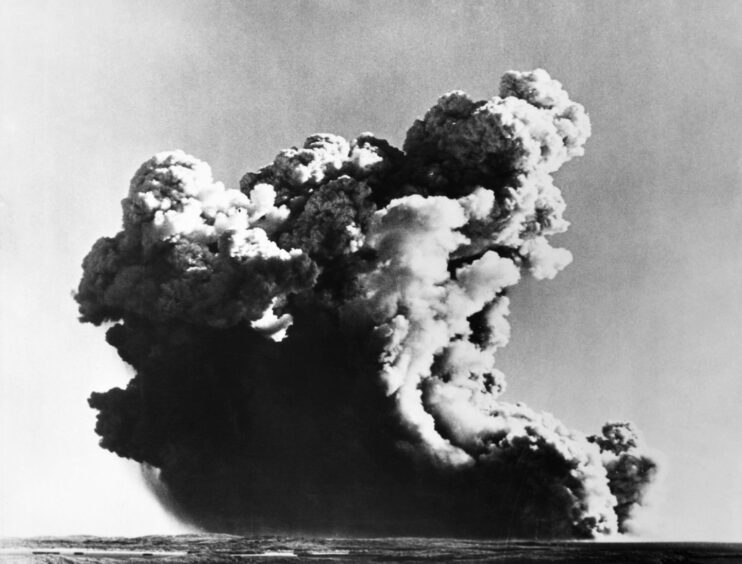
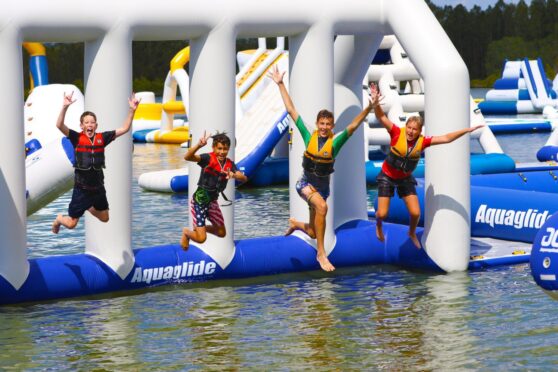
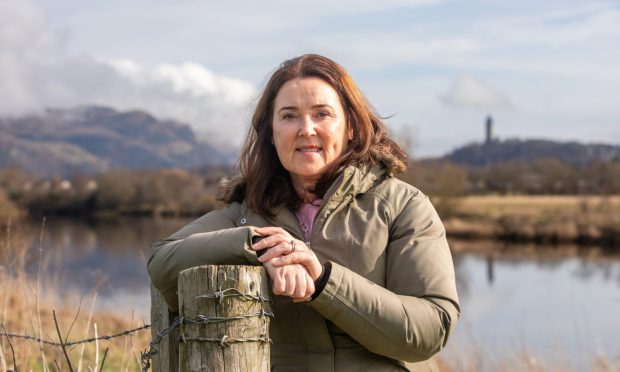
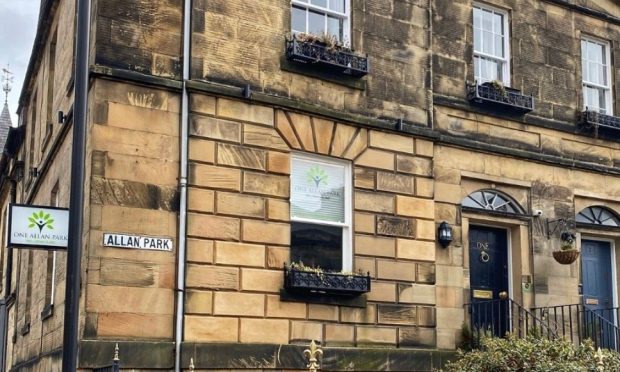


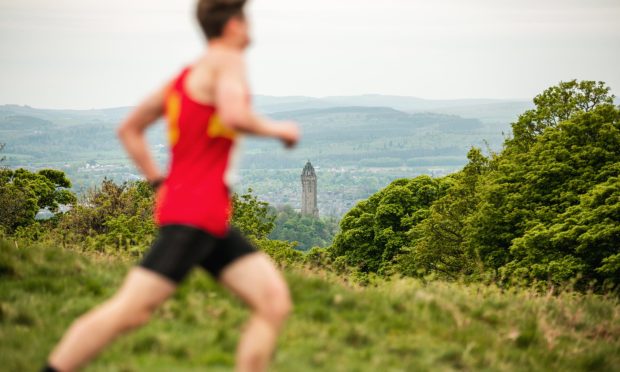
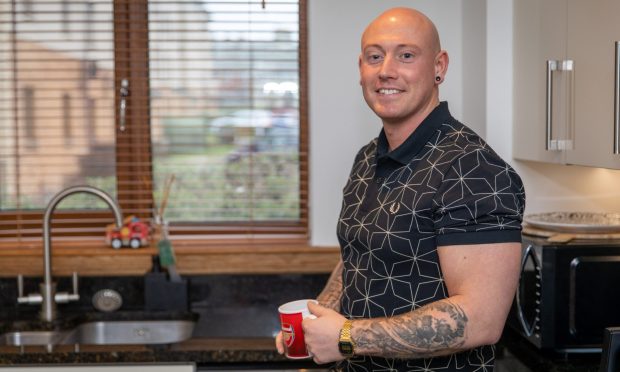
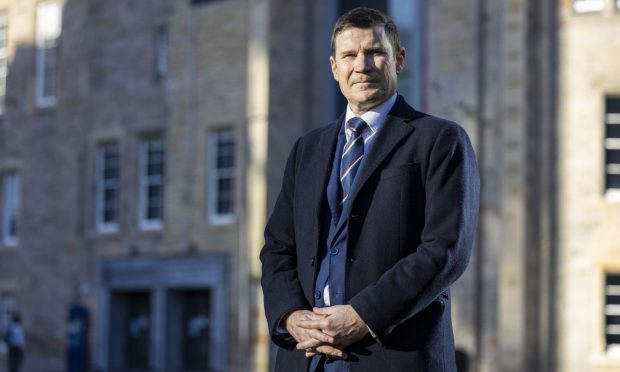
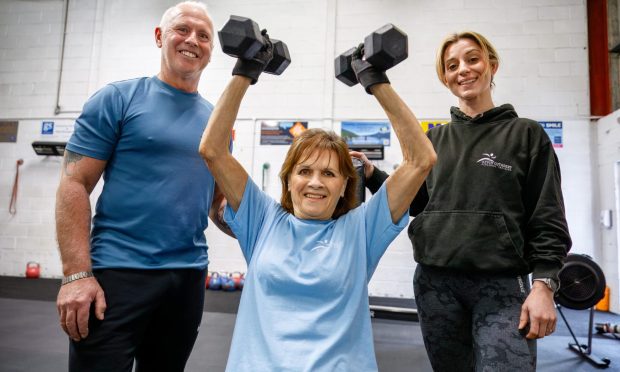
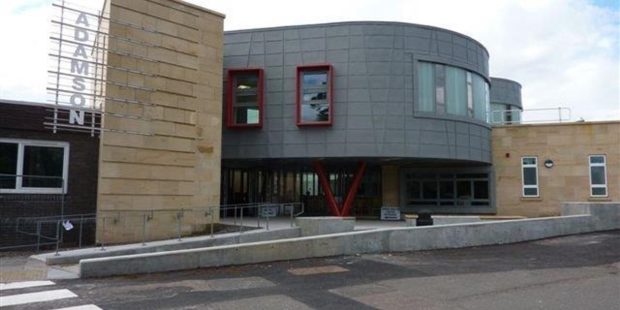
Conversation